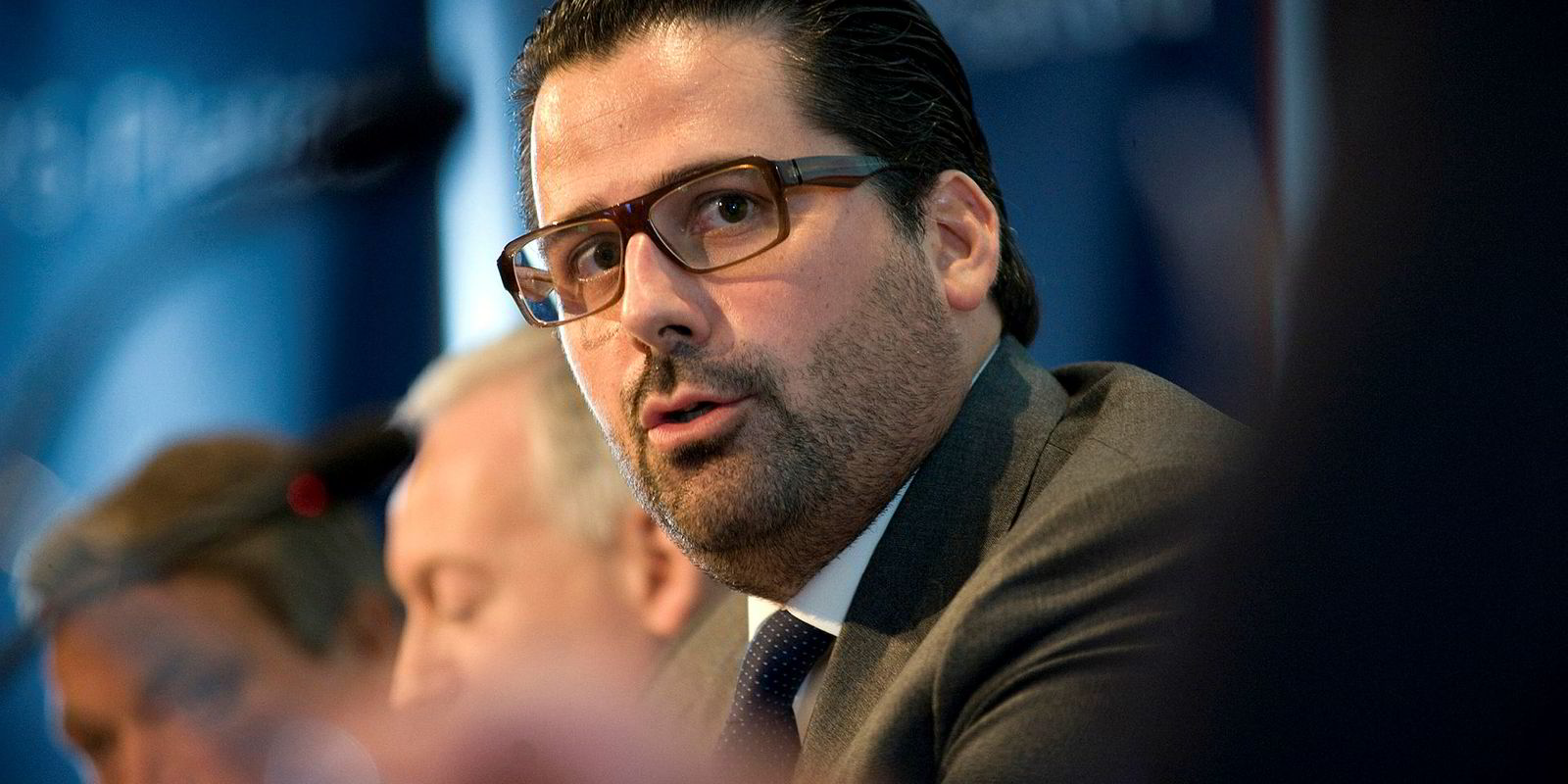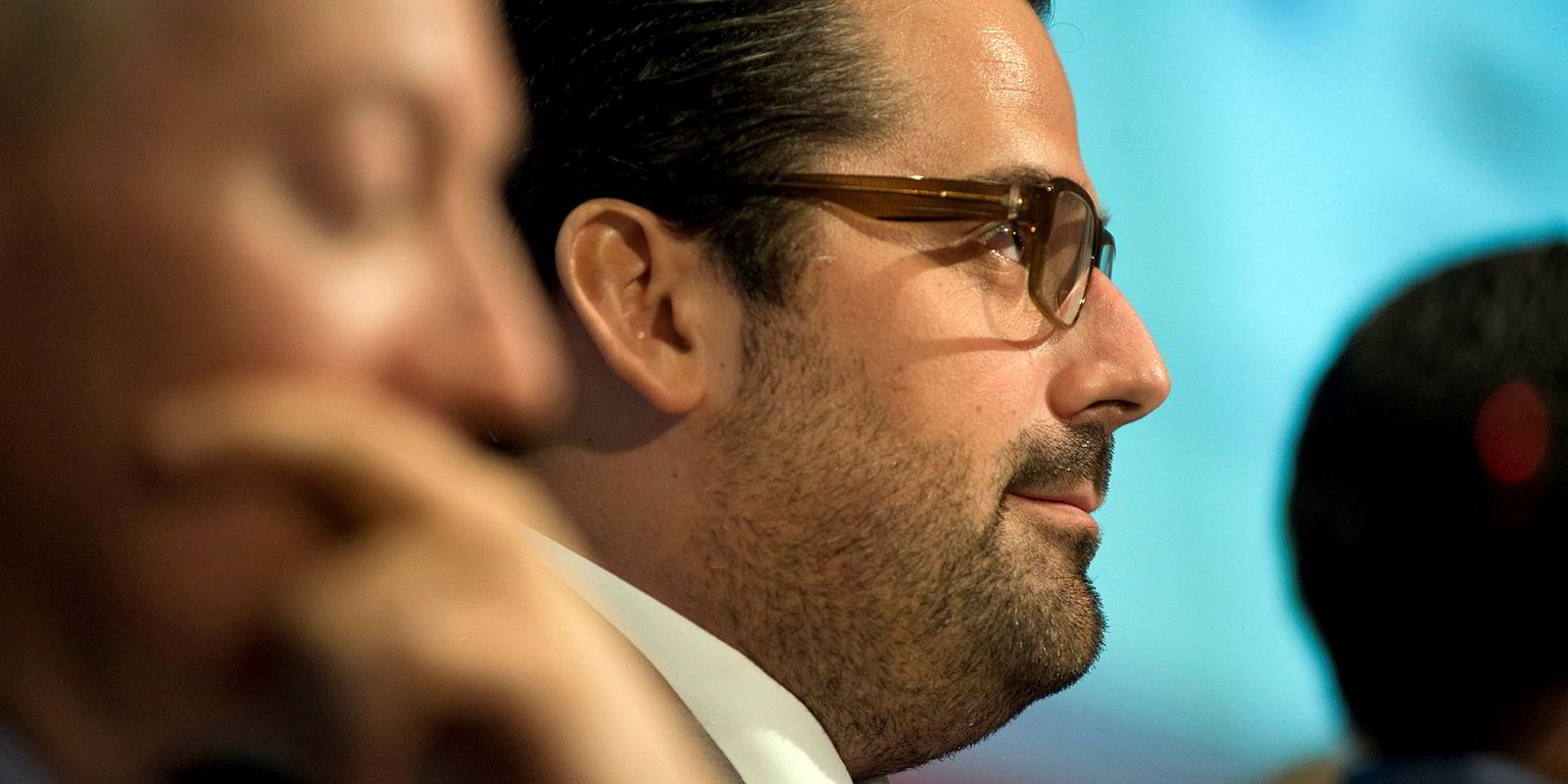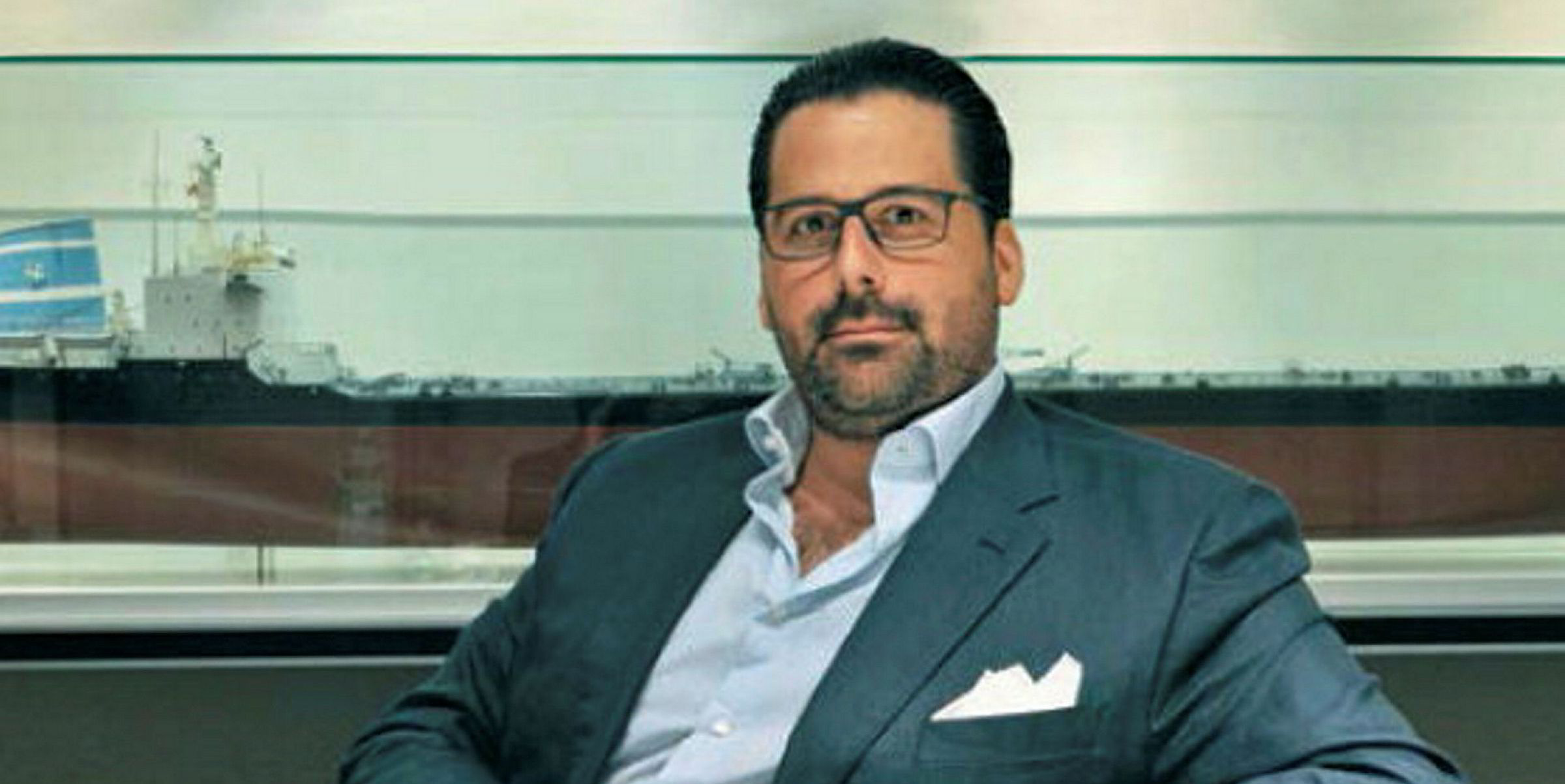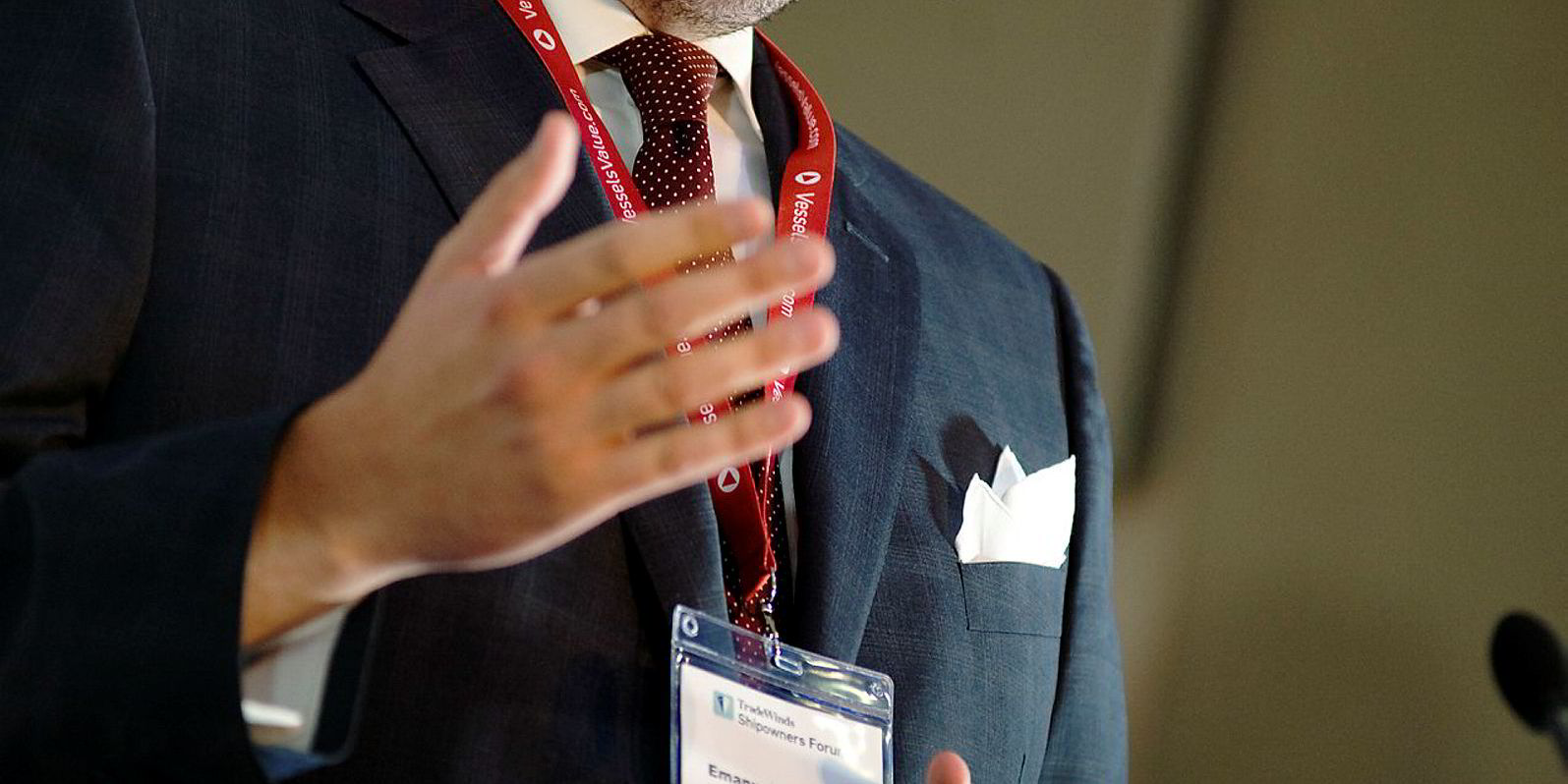Emanuele Lauro now finds himself with ships in three public companies in three distinct operating sectors.
But while Scorpio Tankers and Scorpio Bulkers were carefully planned New York listings, Lauro insists there was never a blueprint to find a public vehicle for the group’s private investment in the offshore sector.
Even so, Scorpio Offshore has now folded its 13 offshore support vessels (OSVs) into New York-listed Nordic American Offshore (NAO), the Herbjorn Hansson-founded owner of 10 vessels, as part of the financial restructuring first reported by TradeWinds on 5 April.
“I would be lying to you if I told you we started our investment in the offshore sector with the idea that we would go public,” NAO chief executive Lauro said in an interview this week. “There was no specific plan.
"We wanted exposure to a market that was particularly depressed", as a countercyclical play. "We grew the fleet gradually to 13 vessels on the water.”
However, since entering NAO last December as a white-knight investor, Scorpio group saw the advantages of combining the two fleets — and so did NAO's existing lenders.
“We stepped into a company that had all the ingredients to be successful but was faced with a downturn in the market,” Lauro said. “The banks had the basis for a sustainable company but what they were missing was how to get there.”
As TradeWinds has reported, two key investors — believed to be Scorpio group and Canadian institutional investor Mackenzie Financial Corp — have agreed to provide a $20m equity line of credit to help win bank concessions.
Common shares
The other contribution is Scorpio group's entry of its 13 OSVs in return for $22.6m, to be paid in common shares at a rate to be determined.
“This gave Scorpio the opportunity to consolidate all of its assets into one vehicle,” Lauro said. “We don't want two vehicles with conflicting assets in the same sector, much as we have one vehicle in Scorpio Tankers and one in Scorpio Bulkers.”
The combination gives NAO 10 units operating in the improving North Sea market and 13 largely tied to contract employment in West Africa.
But even put together, the company still lacks ideal scale in fleet size and, especially, market capitalisation at only $23m.
Executives of Scorpio group recognise the need for growth in both areas.
“We're trying to make a countercyclical play here by getting in at the bottom," Scorpio Tankers chief operating officer Cameron Mackey said. “We're constructive on asset values and looking to make accretive acquisitions.
"At the same time, the public listing is sub-scale. You can't realistically operate a public company at such a low market cap. We're aligned to first remediate or stabilise the company, and then to turn to how to find complementary assets to build it to a sizeable operation — and that doesn’t mean becoming the size of a Tidewater or a Bourbon.”
Lenders DNB and SEB already have agreed to extend waivers on $150m in debt through the end of January 2020.
There is also an agreement in place to roll over the $139.9m drawn portion of that facility into 2023 if certain conditions are met. While the company has not disclosed those conditions, they are likely to involve raising more equity.
“If we were indifferent about being public, we could have taken out the 10 vessels on a private basis with the banks," Mackey said.
'Thresholds to meet'
"There are thresholds we need to meet in building out a broader investor base that will be in keeping with an extension of the facility. Everyone is focused on maintaining a proper public company. The banks have given us a chance, but we have to improve the shareholder register."
Investors appear to like what they have seen so far.
On NAO’s formal announcement of the restructuring before markets opened on Monday, shares rose to $3.12 — a gain of nearly 24% on more than three times the usual trading volume.






